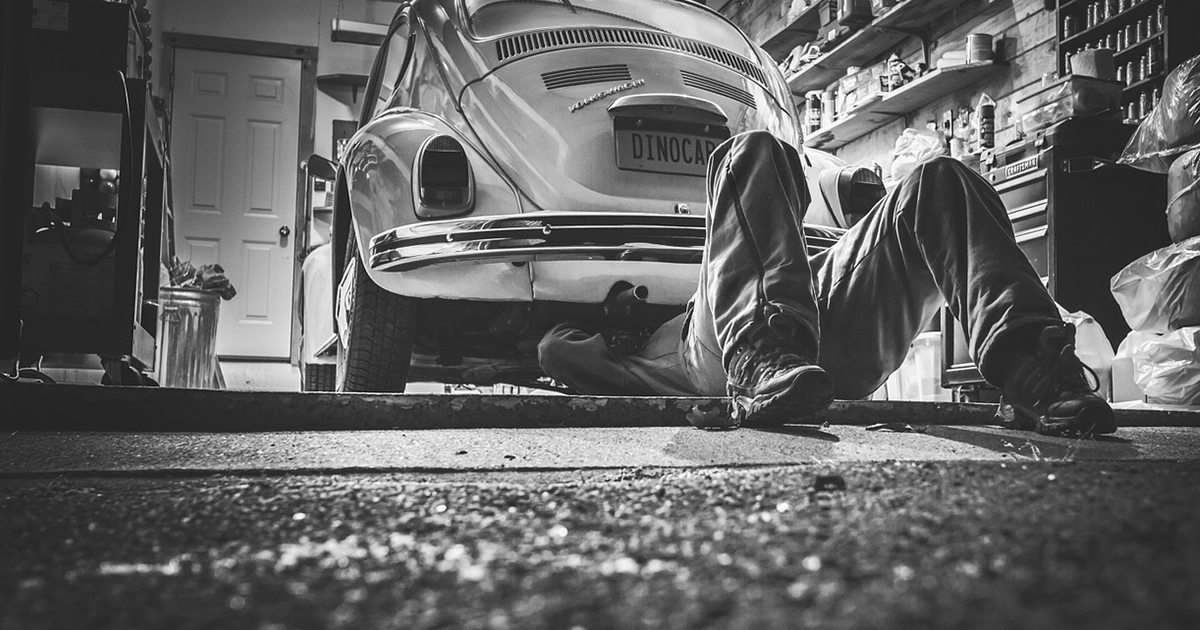Assessing The Risk of Mesothelioma for Car Mechanics and Brake Technicians

A recent study in the International Journal of Occupational and Environmental Health suggests that automobile mechanics and car service technicians may be at risk of developing mesothelioma from exposure to asbestos-containing brake dust. Malignant mesothelioma is an aggressive type of cancer that develops in the lining of the chest cavity and is caused by the presence of asbestos fibers.
Researchers at Oregon Health & Science University and Portland State University conclude that there is a “net of evidence” favoring a causal relationship between exposure to brake dust containing chrysotile asbestos and mesothelioma. They say that the brake manufacturers’ position that there is an insufficient chain of evidence to link brake dust to mesothelioma is inaccurate. They suggest that further research is needed.
While many brakes and clutches in newer model cars do not contain asbestos, some brakes shoes and pads and clutch linings in use even today in the United States contain asbestos, according to the U.S. Environmental Protection Agency. If you work at a brake shop or a auto repair garage, you cannot determine whether brake or clutch components contain asbestos just by looking at them. But if the brakes or clutches contain asbestos, then the dust may contain asbestos.
Brake and clutch dust is often visible when a brake disk, drum or clutch cover is removed from a car or truck. The dust may contain asbestos. If you are an auto mechanic, you should not blow dust from brakes or clutches, according to EPA’s current best practices for avoiding asbestos exposure.
Using compressed air, a brush or a dry rag to clean brake assemblages has the potential to expose you to asbestos fibers, according to the U.S. Environmental Protection Agency. Compressed air blows dust into the air. Airborne dust allows the microscopic particles of asbestos to be inhaled.
Mechanics should assume that brakes have asbestos-type shoes and use brake dust control procedures, according to the Occupational Safety and Health Administration. If a mechanic assumes a brake does not contain asbestos, they may be exposed to asbestos. Exposure to asbestos can lead to mesothelioma, lung cancer and asbestosis, a chronic scarring of the lungs.
The symptoms of mesothelioma and asbestos-related disease typically take 20 years to 50 years to appear. A mechanic who worked on auto brakes in the 1960s may only recently have begun experiencing symptoms or been diagnosed with mesothelioma.
Sources:
- Study in the International Journal of Occupational and Environmental Health
http://www.tandfonline.com/action/cookieAbsent - Portland State University
https://www.pdx.edu
Free Mesothelioma Patient & Treatment Guide
We’d like to offer you our in-depth guide, “A Patient’s Guide to Mesothelioma,” absolutely free of charge.
It contains a wealth of information and resources to help you better understand the condition, choose (and afford) appropriate treatment, and exercise your legal right to compensation.
Download Now